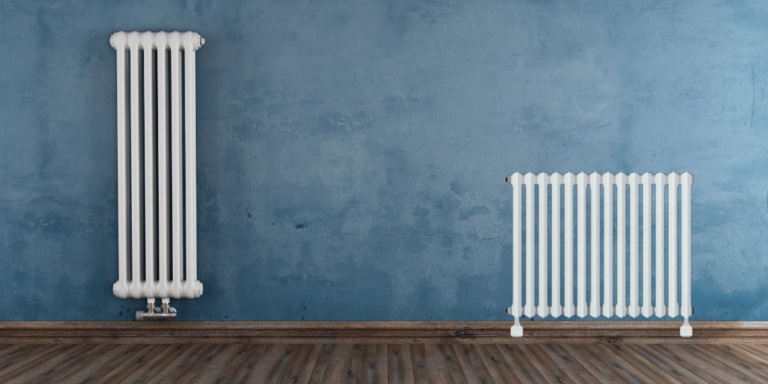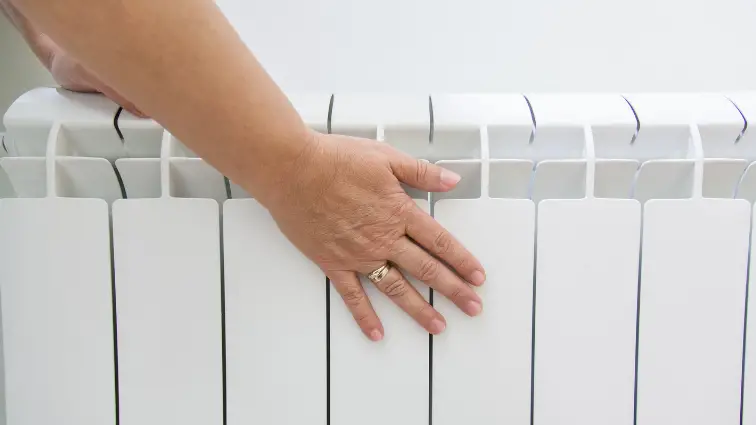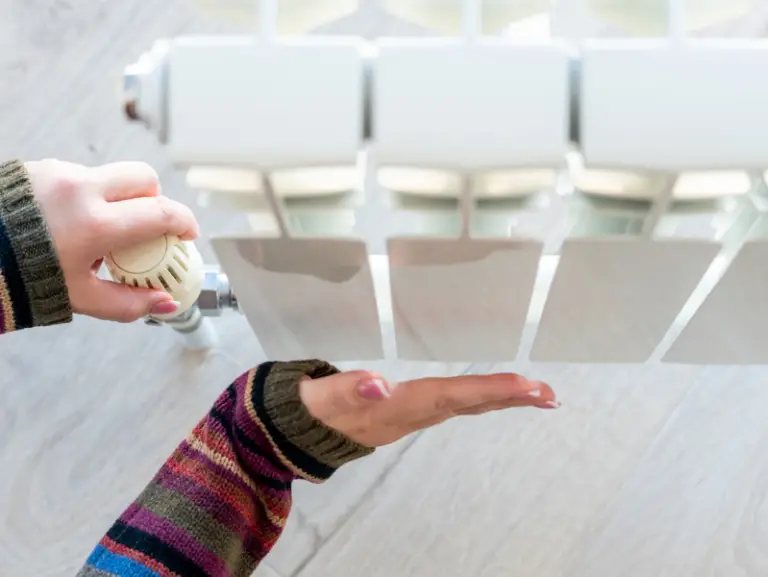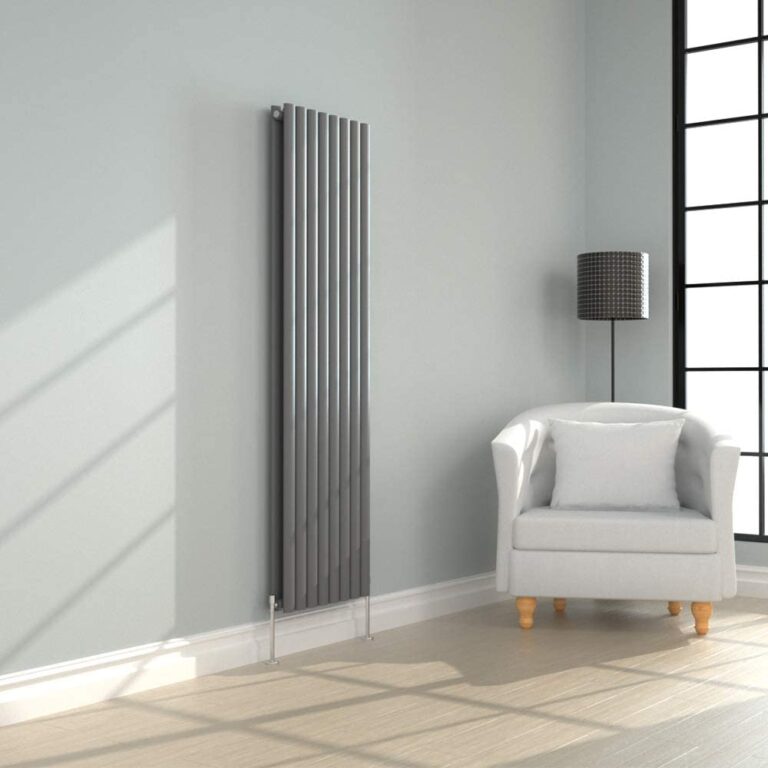In the depths of winter, radiators are crucial to keeping your home warm and toasty. However, with the current energy crisis, many of us are hesitant to switch on the central heating and see the next bill.
That’s why, it’s more important than ever to keep your radiators in good condition so you can get the most out of your central heating system. Leaking radiators can drive up your energy bill without heating your home to the best of their ability.
So, if your radiators have started malfunctioning, leaking, or just seen better days, it might be time to start replacing radiators across your home. Don’t worry, we’ve got a complete outline of all the costs involved so you can prepare your finances accordingly.
In this blog post, we will take a deep dive into the cost of a radiator replacement – from removing your old radiators to installing new ones.
How much does replacing a radiator cost?
The cost of replacing a radiator will depend on several factors, such as the size and output of the new unit and the type of system you have in place. For example, electric radiators are often more cost-effective to install – but the cost of running them can be much higher. It all depends on your central heating system and the type of radiator you need to replace.
On average, in the UK, it costs between £150 and £500 to buy and fit a new radiator. That’s a pretty wide estimate so let’s break it down further:
- Single panel radiator: £110 to £210
- Double panel radiator: £140 to £240
- Horizontal radiator: £260 to £470
- Vertical radiator: £280 to £440
- Heated towel radiator: £130 to £230
These costs cover radiator installation and supply. They do not include removing the old radiator.
Of course, prices will vary depending on the size of the radiator and the complexity of the job. If there is more pipework involved and damage to fix, you could be facing a higher cost.
How much does the actual radiator cost?
If you’re a DIYer, you might be thinking of fitting the new radiator yourself instead of hiring a heating engineer. This way, you can save a lot of money on radiator installation costs and learn a new skill. Win, win!
Here’s a brief outline of radiator prices, excluding installation and removal costs.
- Single panel radiator: £20 to £60
- Double panel radiators: £50 to £90
- Horizontal radiator: £170 to £320
- Vertical radiators: £190 to £290
- Column radiators: £200 to £320
- Heated towel radiator: £40 to £80
How much does it cost to fit a new radiator?
Typically, heating engineers can fit your new radiator for between £90 and £150 in the UK, depending on where you live. If there are no complications, it will usually take between one to two hours to install the radiator. A large radiator is closer to the two-hour mark.
Just bear in mind it will cost more and take longer if you need them to remove an old radiator as well.
How much does it cost to remove a radiator?
Removing an old radiator can be just as expensive as installing a new one. Labour costs will depend on how difficult it is to remove the old unit, but on average, it costs between £80 and £100 to remove a small radiator. You will also need to factor in the cost of the new radiator and the installation process – which could add another £300 to your bill. Supplies will also add up quickly depending on what needs to be done (e.g., removing pipes or fitting thermostatic radiator valves.)
What affects the cost of a new radiator?
Labour and supplies are just the tip of the iceberg. Smart features like a thermostatic radiator valve and automatic temperature control can increase the price tag significantly. You also have different types of radiators to consider, which all come at different price points. For example, stainless steel radiators and cast iron radiators tend to be far more expensive, with designer models priced upwards of £700. Alternatively, a basic single-panel radiator starts at £20 (without the installation cost.)
Lastly, size matters – larger radiators, of course, require more space and materials, so they come with higher price tags too!
FAQ’s
How do I know whether I need a new radiator?
If your radiator is leaking or doesn’t seem to be providing enough heat, then it may be time for a replacement. Take a quick look at your central heating system and make sure you’re not having any issues with hot water in your home. If everything looks fine, but your home is colder than usual, it’s probably down to your radiators.
There might be rust around the joints and on the pipes, or one side might be hotter than the other. If you are unsure whether you need a new radiator, check out our guide ‘when do radiators need replacing‘.
How do I find someone to fit my radiator?
When looking for someone to install your new radiator, you could check online reviews and ask for recommendations from friends and family.
Make sure that the heating engineer or plumber you choose is registered with the Gas Safe Register as this will guarantee they are qualified to carry out gas-related work safely and legally.
Once you have chosen a heating engineer for your radiator, you should get everything in writing prior to their arrival at your house. This should include all details of their services as well as an estimate for materials and labour costs.
Can I change a radiator without draining the system?
In certain circumstances, it is possible to replace a radiator valve without having to drain down the system. However, this depends on factors such as the type of valve used on the existing radiator and how easily accessible it is.
It’s always best practice to turn off both water supply valves in order to ensure no water escapes during the installation or removal of the old unit. A professional should be able to advise you if this is possible in your case or not.
Can I remove and replace a radiator by myself?
If you have experience working with plumbing systems, then yes – it is possible for you to remove and replace a radiator yourself. However, if this isn’t something that comes naturally, then it’s more than likely best left in the hands of an experienced tradesperson who can safely complete this task quickly and efficiently with minimal disruption caused in your home.
Either way, make sure that all pipe connections are correctly tightened before turning back on any water supply valves.





